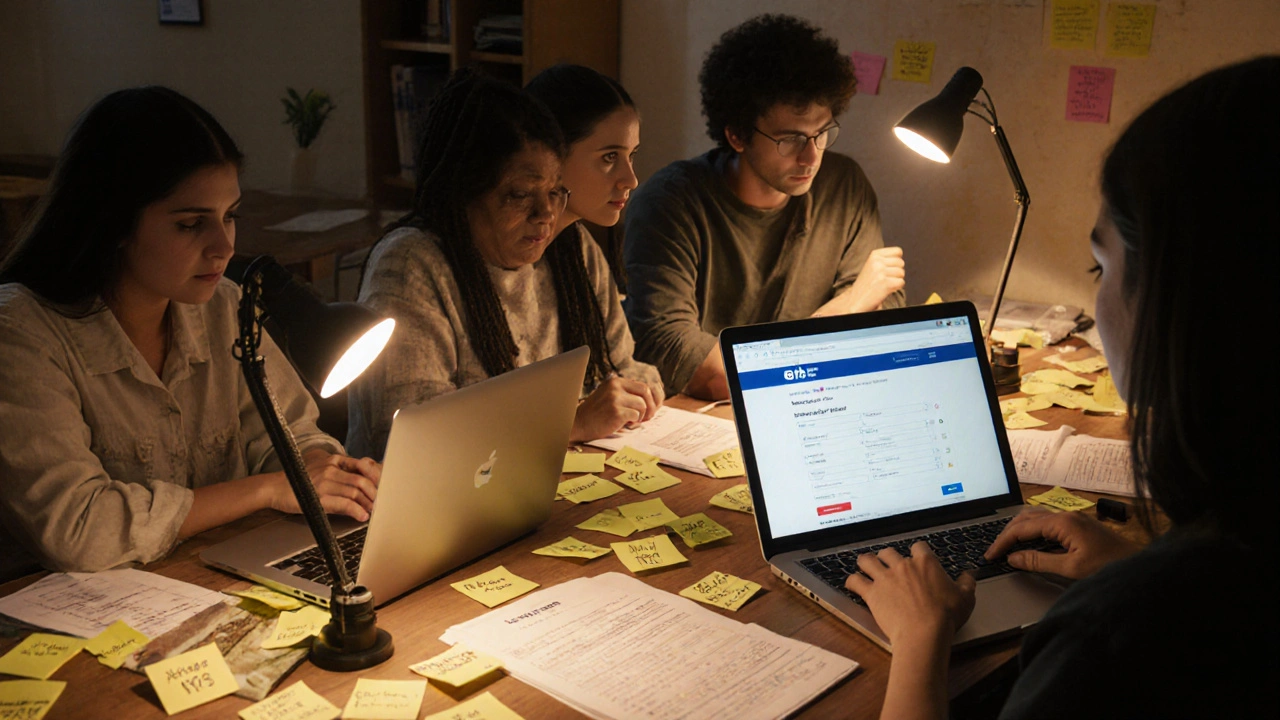International Student Visa: What You Need to Know to Study in the UK
When you’re planning to study in the UK, the international student visa, a government-issued permit that allows non-UK residents to study at approved institutions for more than six months. Also known as a Student Route visa, it’s not just a stamp in your passport—it’s the key to everything from opening a bank account to accessing healthcare while you’re here. Without it, you can’t enroll, rent a place, or legally stay past your arrival date. And it’s not as simple as filling out a form and waiting. The UK government checks your finances, your course details, your English level, and even your accommodation plans. One missing document can delay your start by weeks.
What most students don’t realize is that the Student Route visa, the official name for the UK international student visa since 2020. It replaced the old Tier 4 visa and tightened rules around part-time work and dependents. is tied directly to your university. If your course changes, your school loses its sponsor license, or you drop below full-time hours, your visa status can vanish overnight. That’s why you need to understand how your course fits into the system—not just the application steps. You also need to know about the Tuberculosis (TB) test, a mandatory health check for students from certain countries before applying for a UK student visa. It’s not optional, and clinics in some countries have long wait times. And don’t forget the Immigration Health Surcharge, a fee you pay upfront to access NHS services during your stay. It’s usually £776 per year, but it’s non-refundable even if you leave early. These aren’t side notes—they’re core parts of the process.
Many students panic when they see the bank statement requirements. You need to show you have enough money to cover your first year’s tuition and living costs—usually around £1,334 per month if you’re studying in London, or £1,023 elsewhere. But here’s the trick: the money doesn’t have to be yours. A parent or legal guardian can sponsor you, as long as they’re named on the official financial documents. And if you’re already in the UK on another visa? You might be able to switch without leaving. But you can’t switch from a tourist visa—that’s a common mistake that costs people time and money.
Once you’re approved, your visa lets you work up to 20 hours a week during term time. That’s not a bonus—it’s a lifeline for many. But you can’t run a business, be self-employed, or take a permanent job. And if you’re doing a placement year as part of your degree? That’s usually allowed, but your university has to confirm it in writing. Don’t assume it’s okay unless it’s on your CAS letter.
The visa doesn’t end when your course does. You can stay for up to four months after graduation to look for work, and if you land a skilled job, you can switch to a Skilled Worker visa. But you have to apply before your student visa expires. Missing that window means you have to leave and reapply from home—something many don’t plan for.
Below, you’ll find real guides from students who’ve been through it. From how to gather the right documents without overpaying for translations, to what happens if your visa gets rejected, to how to handle the first few weeks in the UK with your new status. These aren’t theory pieces—they’re lived experiences. Use them to avoid the mistakes that cost others time, money, and peace of mind.
Applying to UK Universities from Abroad: Step-by-Step Guide for International Students
Published on Oct 25
0 Comments
A clear step-by-step guide for international students applying to UK universities, covering UCAS, visas, academic requirements, English tests, and common mistakes to avoid.
